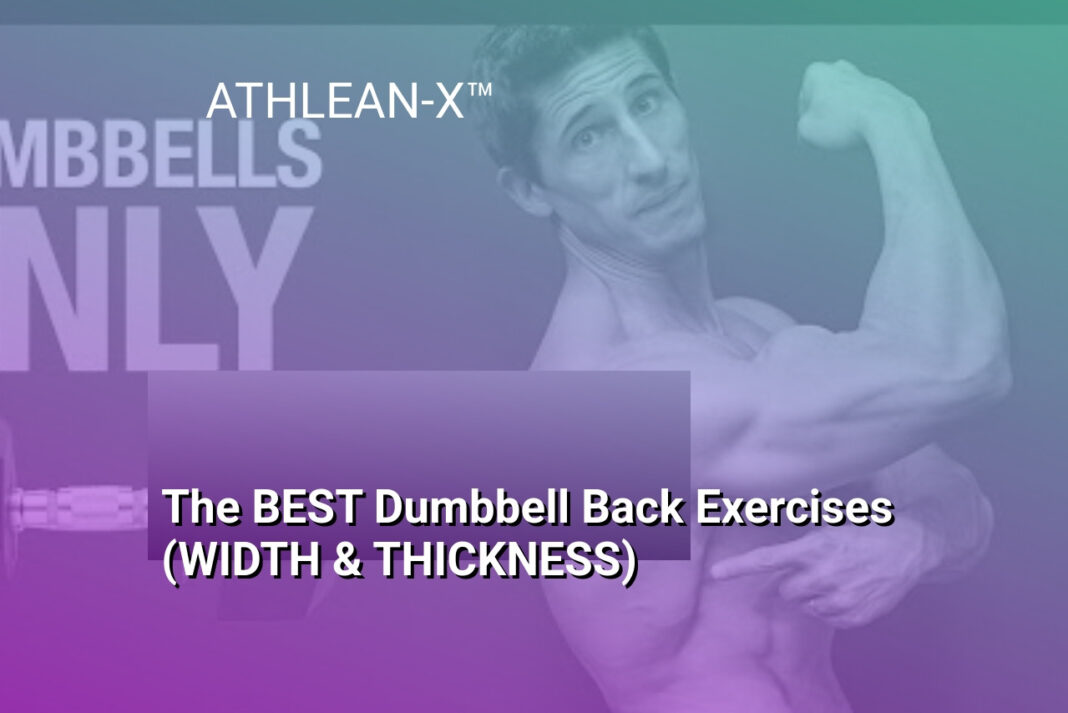The Bottom Line:
- I discovered that genetic variations significantly influence body fat distribution, causing diverse physical appearances even at similar body fat percentages.
- Muscle mass plays a crucial role in physique aesthetics, with developed muscles creating definition and making individuals appear leaner.
- Body fat percentage assessments are often inaccurate, with people frequently misjudging their actual body composition by several percentage points.
- Measurement tools like DEXA scans and calipers provide more reliable body fat estimates, highlighting the complexity of accurately tracking physical changes.
- Environmental factors such as lighting and muscle pump can dramatically alter visual perception of body composition, emphasizing the nuanced nature of physical appearance.
Genetic Influences on Body Fat Distribution
The Role of Genetic Predisposition in Fat Storage
Genetic variations significantly influence how and where an individual stores body fat. Some people are genetically programmed to accumulate fat more readily in specific areas like the abdomen, hips, or thighs. These genetic predispositions are driven by complex interactions between multiple genes that control metabolic processes, hormone sensitivity, and fat cell distribution. Research indicates that certain genetic markers can determine the likelihood of developing visceral fat, which is the more dangerous type of fat stored around internal organs.
Inherited Metabolic Characteristics
Metabolic efficiency is another critical genetic factor affecting body fat distribution. Some individuals inherit metabolic patterns that make fat loss more challenging, while others have genetic traits that support easier fat metabolism. Alpha and beta receptors in fat cells play a crucial role in this process, with genetic variations determining how quickly or slowly fat can be released from storage. People with a higher number of alpha receptors may experience slower fat mobilization, making fat loss more difficult regardless of diet and exercise efforts.
Genetic Variations and Body Composition
Genetic inheritance also impacts muscle fiber composition and potential muscle development, which directly influences body fat visibility. Some individuals are genetically predisposed to developing more muscle mass or having muscle fibers that respond more effectively to resistance training. These genetic advantages can create better muscle definition and make body fat less noticeable, even at similar body fat percentages compared to others. Understanding these genetic influences helps explain why two people following identical diet and exercise programs can achieve dramatically different physical results.
Muscle Mass and Physique Definition
The Role of Muscle Development in Physique Transformation
Muscle mass plays a critical role in how body fat is perceived and displayed. When an individual develops substantial muscle tissue, their physique appears more defined and lean, even at relatively higher body fat percentages. This phenomenon occurs because developed muscles create natural contours and shadows that enhance visual definition, effectively camouflaging underlying fat deposits. Professional bodybuilders and athletes often leverage this principle, strategically building muscle mass to create a more sculpted appearance.
Muscle Density and Visual Perception
The density and quality of muscle tissue significantly impact how body composition is interpreted. Muscles that are well-developed and compact provide a more structured underlying framework, which can dramatically alter the visual presentation of body fat. Individuals with higher muscle density tend to appear leaner and more athletic, even when their actual body fat percentage remains consistent. This is why weight training becomes crucial for those seeking a more defined physique, as it allows for strategic muscle development that enhances overall body composition.
Strategic Muscle Building Techniques
Effective muscle development requires a multifaceted approach that combines targeted resistance training, progressive overload, and proper nutritional support. Weighted abdominal exercises, compound movements, and consistent strength training can help build muscle mass that creates natural definition. Exercises like cable ab pull-downs, weighted planks, and complex movements that engage multiple muscle groups simultaneously can contribute to enhanced muscle development. Additionally, focusing on muscle hypertrophy through techniques like time under tension and varied rep ranges can accelerate muscle growth and improve overall physique definition.
Understanding Body Fat Percentage Perception
The Subjective Nature of Body Composition
Body fat percentage perception is far more complex than simple numerical measurements suggest. Visual appearance can dramatically differ between individuals with identical body fat percentages due to genetic predispositions, muscle development, and individual body structures. Factors like muscle density, fat distribution patterns, and overall muscular definition play critical roles in how body composition is perceived and interpreted.
Visual Interpretation and Individual Variations
The human eye tends to assess body composition through multiple lenses, not just pure numerical data. An individual at 15% body fat might appear significantly different depending on muscle mass, bone structure, and fat distribution. Athletes and fitness enthusiasts often experience this phenomenon, where two people with identical body fat percentages can look remarkably different based on their unique physiological characteristics. Muscle definition, particularly in areas like the abdomen, shoulders, and arms, can create an illusion of leanness that transcends standard body fat measurements.
Psychological and Perceptual Factors
Psychological perception plays a substantial role in how body fat is interpreted. Lighting conditions, clothing choices, muscle pump after exercise, and even personal confidence can influence how body composition is perceived. Research indicates that individuals frequently misjudge their own body fat percentage, often underestimating or overestimating their current physical condition. This perceptual variance highlights the importance of objective measurement techniques and professional assessments when tracking body composition changes. Professional tools like DEXA scans, while not perfect, provide more accurate insights into body fat distribution and muscle mass compared to subjective visual assessments.
Accurate Body Fat Measurement Techniques
Advanced Body Composition Assessment Methods
Measuring body fat accurately requires sophisticated techniques that go beyond simple scales or visual estimations. Professional methods like DEXA (Dual-Energy X-ray Absorptiometry) scans provide the most precise measurements, offering detailed insights into body composition with minimal error margins. These scans utilize low-dose X-rays to differentiate between bone density, muscle mass, and fat tissue, delivering comprehensive data about an individual’s physiological makeup.
Comprehensive Measurement Techniques
Hydrostatic weighing represents another scientifically validated approach to body fat measurement. This method involves complete submersion in water, leveraging the principle that muscle tissue is denser than fat. By comparing underwater weight to land weight, researchers can calculate body fat percentage with remarkable precision. Bioelectrical impedance analysis (BIA) offers a more accessible alternative, using electrical currents to estimate body composition, though it typically demonstrates slightly higher variability compared to more invasive techniques.
Professional Assessment Protocols
Professional fitness and medical practitioners often employ multi-method approaches to ensure maximum accuracy. Combining caliper measurements, which involve pinching and measuring skin fold thickness at multiple body sites, with advanced technological assessments provides a more nuanced understanding of body composition. Trained professionals understand that no single method is entirely foolproof, and cross-referencing multiple measurement techniques helps mitigate potential inaccuracies inherent in individual assessment strategies.
Strategic Abdominal Training for Muscle Definition
Targeted Muscle Development Techniques
Developing well-defined abdominal muscles requires a strategic approach that goes beyond traditional bodyweight exercises. Weighted resistance training plays a critical role in muscle hypertrophy, creating more pronounced muscular definition. By incorporating progressive overload principles, individuals can stimulate muscle growth in the abdominal region, making the muscles more visible even at slightly higher body fat percentages.
Advanced Resistance Training Protocols
Effective abdominal muscle development demands a multifaceted training strategy. Cable exercises like ab pull downs and wood chops provide constant tension and allow for precise muscle targeting. These movements engage the rectus abdominis and oblique muscles more effectively than standard crunches, promoting muscle thickness and definition. The key is to progressively increase resistance, ensuring continuous muscle adaptation and growth.
Holistic Muscle Visibility Approach
While targeted training is crucial, muscle visibility is ultimately determined by a combination of factors. Developing thick underlying abdominal muscles creates a more defined appearance, even when body fat percentages are not extremely low. This approach recognizes that muscle mass can significantly influence physique aesthetics. Prioritizing weighted resistance training over high-repetition, low-resistance exercises ensures more substantial muscle development, creating a more sculpted and defined midsection that remains visible across varying body composition levels.





